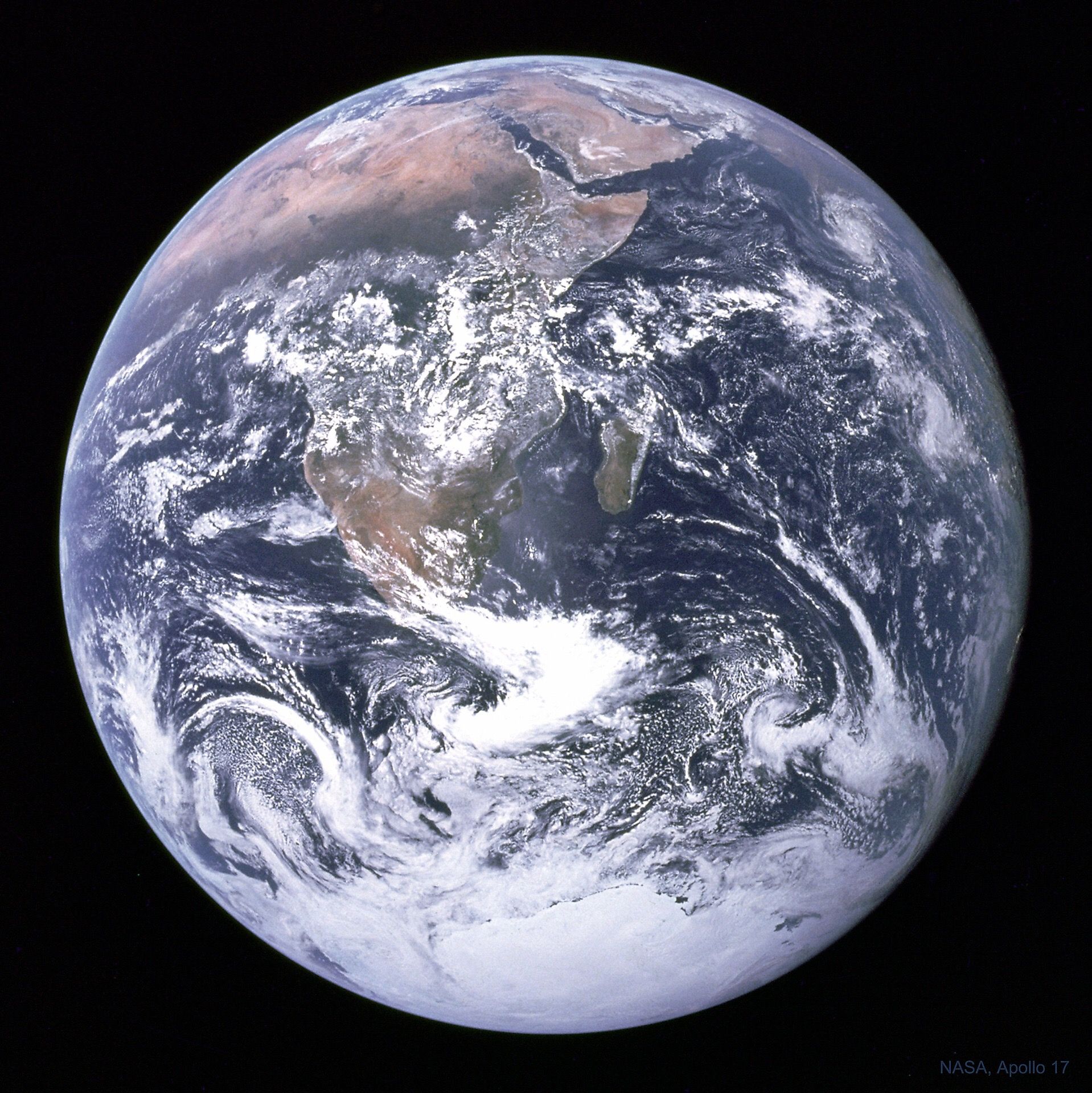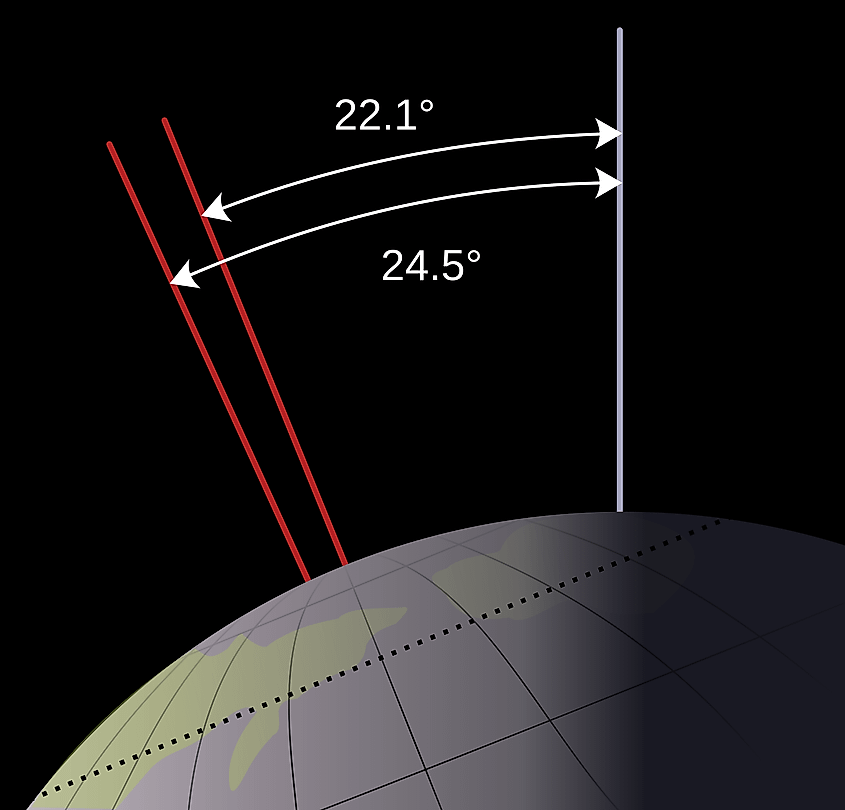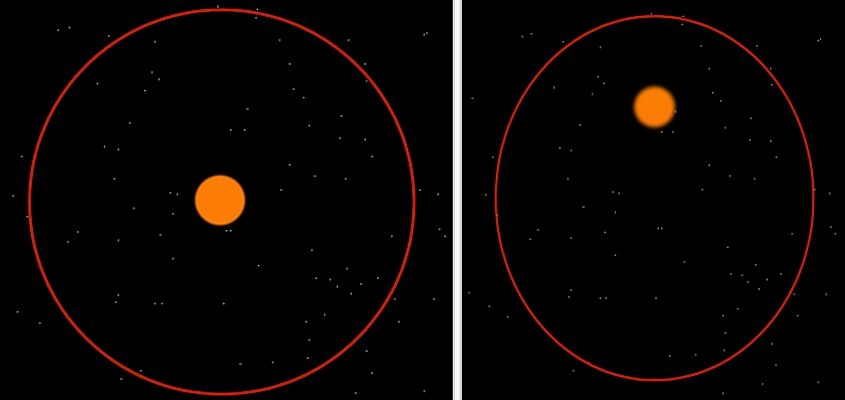
What Are Milankovitch Cycles?
The Earth is a dynamic world, constantly undergoing changes. Even the Earth’s orbit and axis tilt change with time. Among the planets in the solar system, the Earth has the most circular orbit. The Earth’s near-circular orbit has proved beneficial to the existence and flourishment of the human species, as it has allowed the Earth to maintain a stable climate for thousands of years. However, the shape of Earth’s orbit changes over time due to gravitational interactions with the other planets in the solar system. Despite being very far away, the gravitational pull of Jupiter and Saturn are so strong that they actually alter the shape of Earth’s orbit over thousands of years. The gas giants can gradually alter the Earth’s orbit, sending the Earth on a path that takes it further away from the sun. Not only does the Earth’s orbit change, the axis tilt of our world also changes. Changes to the Earth’s orbit and axis tilt occur periodically over the course of many thousands of years. These changes occur in cycles called Milankovitch Cycles.
Axial Precession

The Earth’s axis tilt is one of the most important factors that determines the temperature and length of seasons on our planet. The Earth has an axis tilt of 23.44 degrees, resulting in consistent seasons that are all roughly the same length. When the Earth tilts towards the sun, the northern hemisphere receives a high amount of direct sunlight, resulting in the warmer seasons in the northern hemisphere and colder seasons in the southern hemisphere. When the Earth tilts away from the sun, there is less sunlight in the northern hemisphere and more in the southern hemisphere. It is this process that results in Earth’s seasons, as well being the reason why the northern and southern hemispheres experience opposite seasons. As the Earth rotates and wobbles on its axis, the angle at which it is orientated changes. The Earth’s axis tilt varies from 22.1 to 24.5 degrees over a time period of 41,000 years. Since Earth’s current axis tilt is 23.44 degrees, we are about halfway through this cycle. As the Earth’s axis tilt changes, the amount of solar radiation the Earth receives also changes. When the axis tilt is at its maximum, there is less solar radiation during the summer but more during the winter when compared to its minimum. As the axis tilt decreases, the Earth experiences milder seasons, such as warmer winters and cooler summers. When the axis tilt reaches its minimum, the Earth experiences a cooling trend. In fact, decreasing the Earth’s axis tilt is one of the factors that causes the Earth to experience ice ages.
The decreasing and increasing of Earth’s axis tilt are not the only changes the Earth experiences. The direction of Earth’s axis also changes in a process called precession. It takes the Earth’s axis roughly 25,771 years to complete one cycle of precession. Changes to the Earth’s direction have a direct impact on the amount of sunlight the Earth receives. Currently, the Earth reaches its closest point to the sun during winter in the northern hemisphere and summer in the southern hemisphere. Thus, when the Earth is at its closest approach to the sun, it is also tilted away from the sun. Thankfully, this means that temperatures stay fairly stable over time. As the Earth’s axis changes direction, however, the Earth may tilt towards the sun during its closest approach and away from the sun during its furthest approach, resulting in more extreme variations in temperature.
Ice Ages

Together, changes to Earth’s orbit and axis tilt have a profound effect on the Earth’s climate. When the Earth falls into a more elliptical orbit and its axis tilts away from the sun, the total amount of solar radiation can decrease drastically, causing the Earth’s average surface temperature to plummet, causing an ice age. Over the last few million years, the Earth has experienced a number of ice ages, separated by brief, warm periods of time called interglacial periods. The last ice age ended about 10,000 years ago, and we are currently living in an interglacial period. The time period in which we find ourselves is relatively warm and stable, yet it won’t last forever. The Earth’s orbit and axis tilt are still slowly changing, and the Earth will likely experience another ice age sometime in the next 50,000 years. Interestingly, the effects of human-induced climate change may actually postpone the next ice age by many thousands of years. If humanity continues emitting vast amounts of greenhouse gases into the atmosphere, the increases to the Earth’s average surface temperature will offset any changes that would occur naturally. The actions of humanity now will continue to have a profound impact on the Earth for thousands of years.











